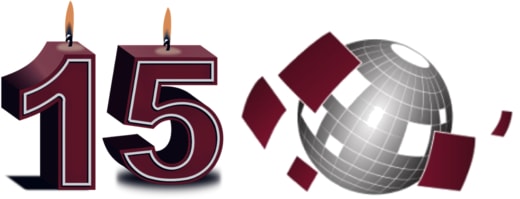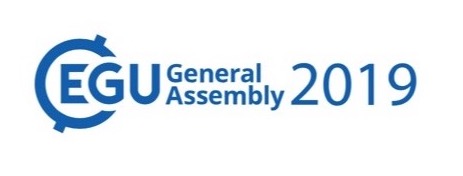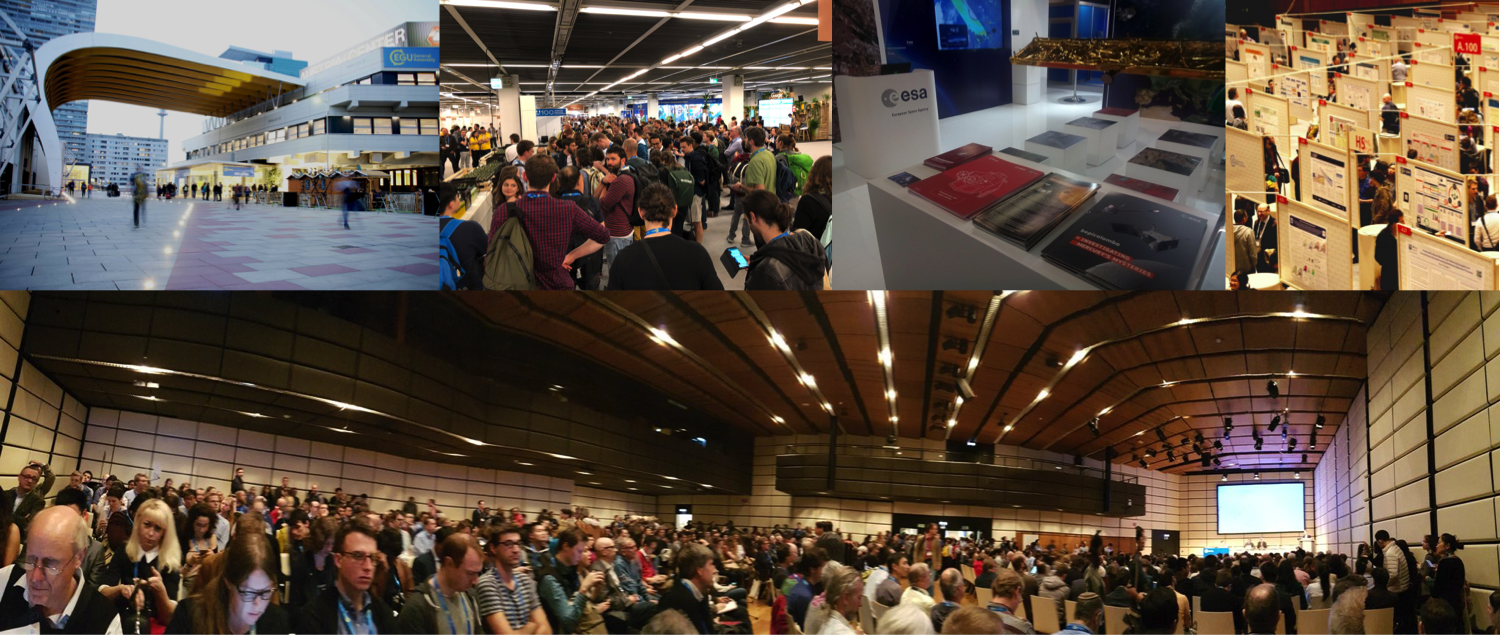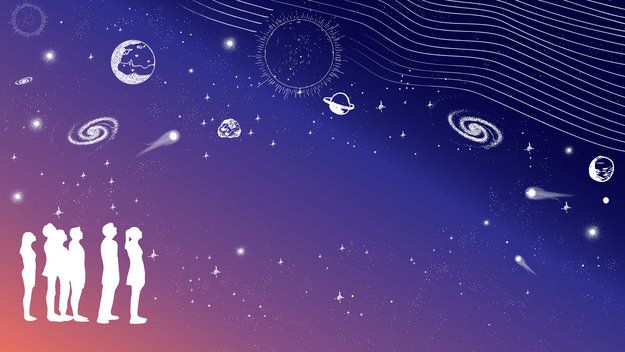
Fifteen years of the Planetary Science Archive
Version 1.0 was released on March 26, 2004.


Version 1.0 was released on March 26, 2004.

The largest geosciences meeting in Europe held several sessions related to ESA missions and the PSA.

The next planning cycle will cover the period 2035-2050. Scientists are invited to apply for membership of a Topical Team, and to submit a White Paper.

Several scientific meetings in ESAC and ESTEC have been announced.

The 2000s witnessed a boom of planetary missions at ESA:
after Cassini-Huygens in 1997,
the decade lived the launches of Mars Express and SMART-1 in 2003,
Rosetta in 2004, and Venus Express in 2005.
To ensure preservation and dissemination of all the resulting data,
decision was made to build the Planetary Science Archive (PSA).
The PSA saw “first light” on March 26, 2004,
initially with data from Halley comet encounter mission Giotto and some ground-based data taken in preparation for the Rosetta mission,
and later on through the years with data from all above mentioned missions.
At that time, a few strategic decisions were taken which have proven to be very beneficial in the long term and are still very valid today.
First, the adoption of the NASA Planetary Data System (PDS) data format standard ensured commonality and interoperability with other planetary archives and tools worldwide.
Datasets would go through a thorough technical and scientific review before being ingested into the archive.
Second, the PSA was designed as a multi-mission archive from the start, with the datasets from all ESA planetary missions being hosted within a single archive.
Third, based on the knowledge gained previously with other archives (e.g. ISO and XMM-Newton),
the PSA offered powerful and friendly user interfaces,
as well as scriptable interfaces which enabled interoperability with other archives.
Over the years, the PSA has evolved constantly, storing and giving access to a wider range of missions datasets
(now in both PDS3 and PDS4 formats,
and CDF for a limited sample of Rosetta RPC data),
reducing the time between data being taken by the spacecrafts and its ingestion into the archive,
a full re-engineering of the software systems and a more light-weight user-friendly web user interface,
more powerful search parameters,
interoperability with more external archives through International Planetary Data Alliance (IPDA) and Europlanet communication protocols,
and more recently the integration of an image gallery.
More than 500 users access the archive every month, with nearly 57 Tb of data downloaded only in 2018.
Images: ESA/ESDC

The general assembly of the European Geosciences Union (EGU) took place in Vienna from April 7 to 12, 2019.
Geoscientists from all over the world gathered in this former imperial city to discuss topics of the Earth and planetary sciences.
The first scientific results from the ExoMars Trace Gas Orbiter (TGO) were presented in a press conference during the meeting.
They included a study of the distribution of dust and water vapour in the Martian atmosphere based on data collected during the persistent dust storm from summer 2018,
as well as the most detailed map so far of water-iced hydrated minerals on the surface of the planet.
Furthermore, measurements of gases in the atmosphere of Mars failed at detecting methane despite previous detections by other missions,
including Mars Express’ recent observation of a methane spike.
There were several parallel sessions with important presence of ESA scientists.
In particular, Matthew Taylor and Dave Heather, Rosetta project scientist and archive scientist, respectively,
directed a workshop session to introduce attendees
to the use of the Planetary Science Archive (PSA),
and to help them dig into the mission datasets.
Dave Heather also presented a poster summarising the status of the Rosetta archival data
in a parallel session devoted to the study of comets,
whose convener was Matthew Taylor.
Mars Express science highlights and future plans were presented by Dmitrij Titov, mission project scientist,
in a session on Mars science and exploration.
In the same session, the current status of Exomars TGO was discussed by Håkan Svedhem, TGO project scientist.
An open session on the Moon, Mercury and Venus was organised by Bernard Foing, Mars Express scientist,
with collaboration from Johannes Benkhof, project scientist of BepiColombo, and Dmitrij Titov.
Furthermore, a number of attending scientists presented their recent results obtained with data from these missions,
an indication of the relevance of ESA mission data for planetary studies.
Like most previous years, there was as well an ESA booth highlighting both Space Science missions alongside Earth Observation activities.
Images: EGU2019

The next planning cycle of the ESA Science Programme, Voyage 2050, is now underway.
This cycle will cover the period 2035-2050.
In keeping with the bottom-up, peer-reviewed nature of the Science Programme,
the definition of the plan relies on open community input and on broad peer review.
The former will be gathered through the Call for White Papers,
while the peer review of this input will take place through a two-tiered committee structure,
with a Senior Committee of 13 European scientists supported by a number of Topical Teams.
Scientists working in ESA Member States and with an interest in any topic in space science and in the relevant technologies
are welcome to apply for membership of the Topical Teams.
The teams will be appointed by the Director of Science after the evaluation and recommendations of the Senior Committee.
It is intended to have a mix of experience represented in each Topical Team;
early career scientists are specifically encouraged to apply.
The deadline for the reception of applications is May 6, 2019, at 12:00 (noon) CEST.
White Papers are not proposals for specific missions;
they should rather argue why a specific scientific theme should have priority in the Voyage 2050 planning cycle.
At the same time, and to ensure realism in the resulting Programme,
applicants should briefly illustrate possible mission profiles.
Any scientist or science team can submit a White Paper;
there is no limitation in terms of residence or nationality,
but White Paper lead scientists cannot be members of the Topical Teams.
The deadline for receipt of White Papers is August 5, 2019, at 12:00 (noon) CEST.
A parallel call has been issued to gather the suggestions from the general public.
This consultation will run until the end of June.
Image: ESA

The workshop "Herschel 10 years after launch: science and celebration" will be held in ESAC on May 13-14, 2019. This event is meant to be both a celebration of Herschel and its science, as well as placing Herschel's science results in the spotlight of what we know today. There are ten confirmed invited speakers. Registration is open until April 26, 2019.
The next XMM-Newton Science Workshop, entitled "Astrophysics of hot plasma in extended X-ray sources", will be held at ESAC on June 12-14, 2019. There will be twenty confirmed invited speakers. Click here for registration.
The next ARIEL Public Conference will be held in ESTEC on January 14-16, 2020. Selected as the fourth medium-sized class mission in ESA’s Cosmic Vision plan, the Atmospheric Remote-sensing Infrared Exoplanet Large-survey (ARIEL) will be the first space mission dedicated to measuring the chemical composition and thermal structures of a large well constructed sample of transiting and eclipsing exoplanets. This meeting is organised in order to involve the exoplanet community at large in the mission, to present the mission as proposed for adoption (foreseen in November 2020), and to get feedback and have discussions with the community as to how best involve the community in the longer term. More information will follow later this year.